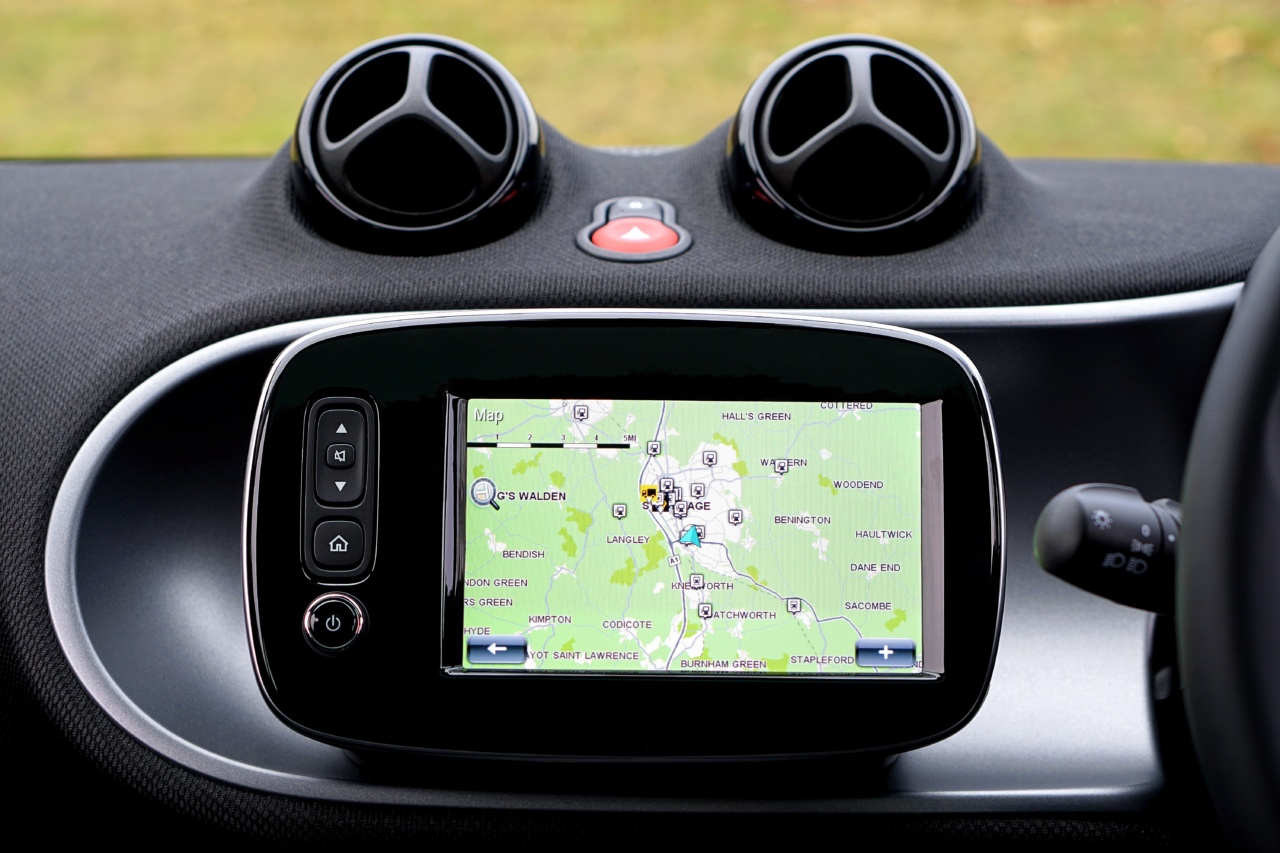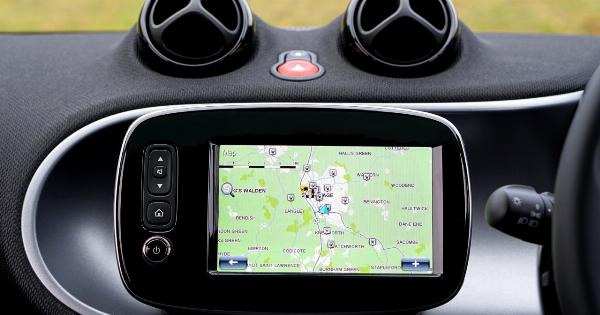Motor neuron patients, often diagnosed with conditions such as amyotrophic lateral sclerosis (ALS), face tremendous challenges in their daily lives.
These conditions impair the ability to control muscles, leading to difficulties in movement, speech, and even swallowing. As a result, communication becomes increasingly difficult as the disease progresses, leaving patients frustrated and isolated.
The Importance of Communication
Communication is a fundamental aspect of human interaction, allowing us to express our thoughts, feelings, and desires. It plays a vital role in maintaining relationships, engaging with society, and participating in various activities.
For motor neuron patients, losing the ability to communicate effectively can be devastating, as it hinders their ability to express their needs and maintain a sense of independence.
The Need for Breakthrough Devices
Recognizing the importance of communication for motor neuron patients, researchers and inventors have been tirelessly working to develop innovative solutions.
One such breakthrough device aims to empower these patients with the ability to communicate effectively, restoring their voice and improving their quality of life.
Introducing the Breakthrough Device
This cutting-edge device utilizes a combination of advanced technology, artificial intelligence, and neurobiology to enable motor neuron patients to communicate.
The device consists of a brain-computer interface that connects directly to the patient’s brain, bypassing the affected motor neurons. This interface translates neural activity into commands that can be relayed to a digital interface, such as a computer or smartphone.
How It Works
By implanting tiny electrodes into specific areas of the brain responsible for speech and movement, the breakthrough device can detect the corresponding neural signals.
These signals are then processed by a sophisticated algorithm that deciphers the patient’s intended message. The algorithm converts the neural data into understandable commands and transmits them to the digital interface, where they are displayed as text or synthesized speech.
Empowering Communication
This breakthrough device opens up a world of possibilities for motor neuron patients, allowing them to communicate in real-time with their loved ones, healthcare providers, and the wider community.
Patients can express their thoughts, needs, and emotions, fostering meaningful connections and reducing feelings of isolation. Moreover, this device provides a sense of independence and control, granting patients the ability to participate actively in decision-making processes that affect their lives.
Enhancing Quality of Life
Beyond communication, this breakthrough device has additional features that enhance the overall quality of life for motor neuron patients.
For instance, it can be integrated with environmental control systems, enabling patients to control their surroundings, such as adjusting room temperature or turning on lights. This functionality offers an unprecedented level of independence and convenience, further improving the daily lives of those affected by motor neuron conditions.
Advancements and Future Prospects
While this breakthrough device represents a significant leap forward in enhancing communication for motor neuron patients, ongoing research and development are continuously improving its capabilities.
Scientists are exploring ways to refine the technology, making it smaller, more efficient, and easier to use. Additionally, efforts are being made to incorporate natural language processing, enabling the device to understand context and nuances in conversation, creating an even more seamless communication experience.
Impact on the Field of Medical Technology
The development of a breakthrough device for motor neuron patients to communicate not only has transformative implications for the individuals affected but also serves as a milestone in the field of medical technology.
This innovation showcases the potential of combining biology and technology to address complex medical challenges. It paves the way for further advancements in human-computer interfaces and neuroprosthetics, fostering a future where individuals with conditions affecting their ability to communicate can regain their voices and participate fully in society.
The Way Forward
As we move forward, it is essential to provide support and resources for research and development in this field.
Collaborations between scientists, engineers, medical professionals, and patients are crucial for advancing breakthrough devices and ensuring their accessibility to those in need. By investing in the continued progression of this technology, we can empower motor neuron patients, enabling them to communicate, connect, and live with dignity.
Conclusion
The breakthrough device designed specifically for motor neuron patients to communicate represents a significant leap forward in empowering individuals affected by conditions such as ALS.
This sophisticated brain-computer interface helps restore communication abilities, fostering a sense of independence and enabling meaningful connections. With ongoing advancements and future prospects, this breakthrough device holds promise for improving the lives of individuals with motor neuron conditions, while also pushing the boundaries of medical technology.































